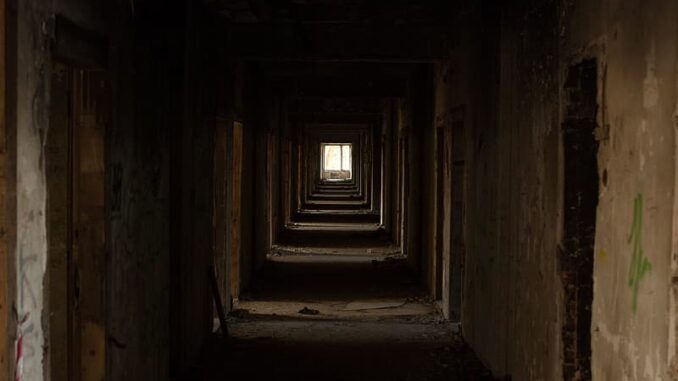
And once more, we head into the darkest depths of dungeon creation. 😊
Welcome to the fourth (Part 1, Part 2, Part 3) installment of the Dungeon Creation series. So now it’s time to look at the “ecosystem” of the dungeon.
We determined last time that this was supposed to be a classic dungeon, so it’ll be old and filled with monsters, traps, and environmental hazards.
Inhabitants:
So who lives in the dungeon? The first step is to determine who the “top predator” of the dungeon is. After that, you decide his lieutenants (if any), and those that support and feed them. And HOW they get feed. These steps are obviously intertwined, and will often have to be twisted a bit to suit the purpose. Some creatures might not need an eco-system (like undead creatures and constructs), but most other creatures will at least need food and drink.
So continuing our example from last time, where the dungeon was old and decrepit, we’ll start by saying that the minotaur warlord died from starvation. This has led him to rise once more as a ghost – one filled with anger and rage, but who is unable to leave the dungeon. In life he was held by cell walls and chains, in undeath, he’s held by something even stronger.
So he has no need for sustenance, but what other creatures have moved in? Well, considering the age of the dungeon, it has likely attracted other creatures from outside – in this case, a purple worm has burrowed its way into the dungeon, and is (apart from the ghost), the top predator of the dungeon.
This is where suspension of disbelief comes in a bit because you could go all the way from here, down to rats and so on, but to keep it a challenge, with the Purple Worm being a Creature 13, none of the creatures should be below 9. And none should be above the Purple Worm (the ghost probably even isn’t). None of the creatures should be above size Large either (apart from the worm) – so extrapolating from that point, we now include an aurumvorax (Creature 9, probably has been attracted by the smell of treasure – and now we’ve got a reason to make treasure in the next installment. 😉 ), we also get a Calikang (creature 12 – these creatures often protect tombs and treasures, and it can enter suspended animation, so it can survive for a long time. It’s now an ancient protector that was put in – probably to keep away adventurers and dungeon-delvers giving the heroes a potential ally). And to complete the set, we’ll put in an ofalth, a creature that survives on sewage and vegetation – so now the dungeon is definitely filled with sewage in at least a part of the dungeon.
You can continue that part until you reach the amount of rooms and areas you have in the dungeon, making it feel “lived-in”. And we’re about to end the installment here, but the final note today is this, and it’s something we’ll address next time: Each room you add should have a purpose, or present a challenge or reward to the heroes. Older-style dungeons have loads of empty rooms, which works well in a published module for you to add in whatever you may need for your campaign, but in your own home-games, there should be something interesting wherever the heroes go.
And with that, we’ll see you next time. 😊
Kim Frandsen
Latest posts by Kim Frandsen (see all)
- Finder’s Archive – Crypt of the Eternals - June 2, 2023
